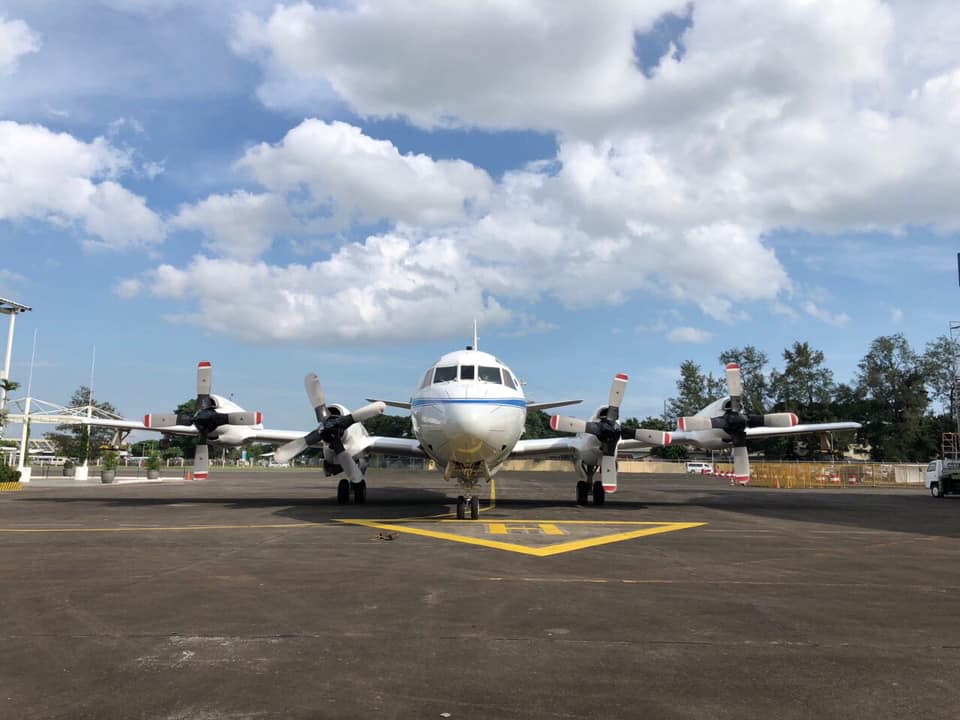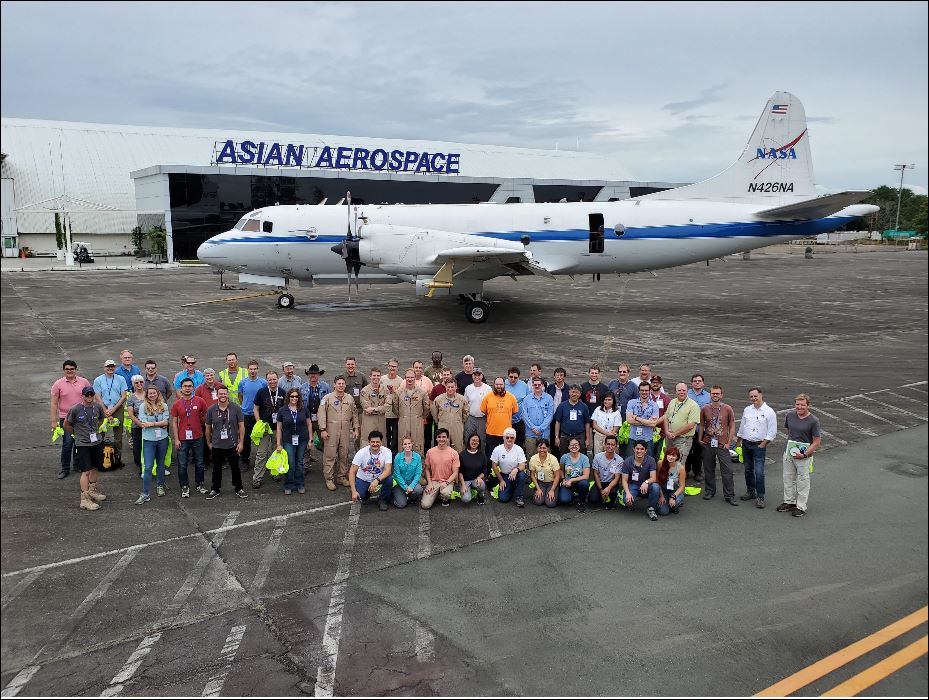
The National Aeronautics and Space Administration (NASA) science aircraft P-3B has started flying over Philippine skies to signal the start of the United States agency’s joint climate study with Filipino researchers led by the Manila Observatory (MO).
NASA P-3B took off on August 25 from Clark, Pampanga as part of the scientific study called the Cloud, Aerosol, and Monsoon Processes Philippines Experiment (CAMP2Ex), a nearly-two month-long investigation about how smokes from fires and pollution impact cloud formation, a key factor in improving weather and climate forecasts.
“Numerous studies have linked the presence of pollution and smoke from agricultural fires and fires from deforestation to changes in cloud and storm properties, but we lack the observations of the actual mechanisms taking place,” said NRL research meteorologist Jeffrey Reid in a NASA report.
“CAMP2Ex provides a much-needed crucible for satellite observing systems and model predictions to monitor and understand how atmospheric composition and weather interact,” added NASA’s Reid.
CAMP2Ex is identified by NASA as “the most comprehensive field campaign to date in Maritime Southeast Asia” that studies the relationship between aerosol particles as they interact with surrounding monsoon meteorology, cloud microphysics and the sun’s radiation.
The CAMP2Ex international team of field researchers, modelers, and remote sensing developers, is led by NASA, the U.S. Naval Research Laboratory (NRL) and the Manila Observatory working with the Philippine Atmospheric, Geophysical and Astronomical Services Administration and the Philippine Department of Science and Technology.

To verify data gathered by the P-3B, a Stratton Park Engineering Company Learjet, fitted with in situ instrumentation, will arrive on September 3 to fly around the same clouds in the similar conditions where the data was taken.
The research vessel, Sally Ride, plying the Pacific Ocean will also provide radar and lidar observations, measurements of energy fluxes from the ocean surface, and profiles of temperature, moisture and pressure from radiosondes. The vessel is funded by the Office of Naval Research Propagation of InterSeasonal Tropical OscillatioNs (PISTON) and operated by the Scripps Institution of Oceanography of the University of California.
The Manila Observatory notes that other than adding to the body of literature surrounding aerosol and cloud properties and precipitation, the campaign will also develop comprehensive datasets from flight measurements, remote sensing, and modeling data that are freely available for Filipino scientists and students.
The collaborative nature of the campaign, first announced in 2018, adds to the capacities of both Filipino and American scientists and stakeholders in conducting shared science interactions. This partnership can serve as a stepping-stone for future efforts towards regional research and innovation, particularly in capacity-building and scientific collaboration towards decision-support for air, water, land-use, and agricultural policies, reports MO.
LEARN MORE about the CAMP2Ex in this video and SEND well wishes to the US-Philippine science team as they better ways to forecast climate in the Philippines!
Like, Follow, Subscribe to GoodNewsPilipinas.com Facebook, Twitter, Instagram, Good News Pilipinas! TV on YouTube, new story notifications and e-mail newsletters for updates on more Filipino Pride stories.










